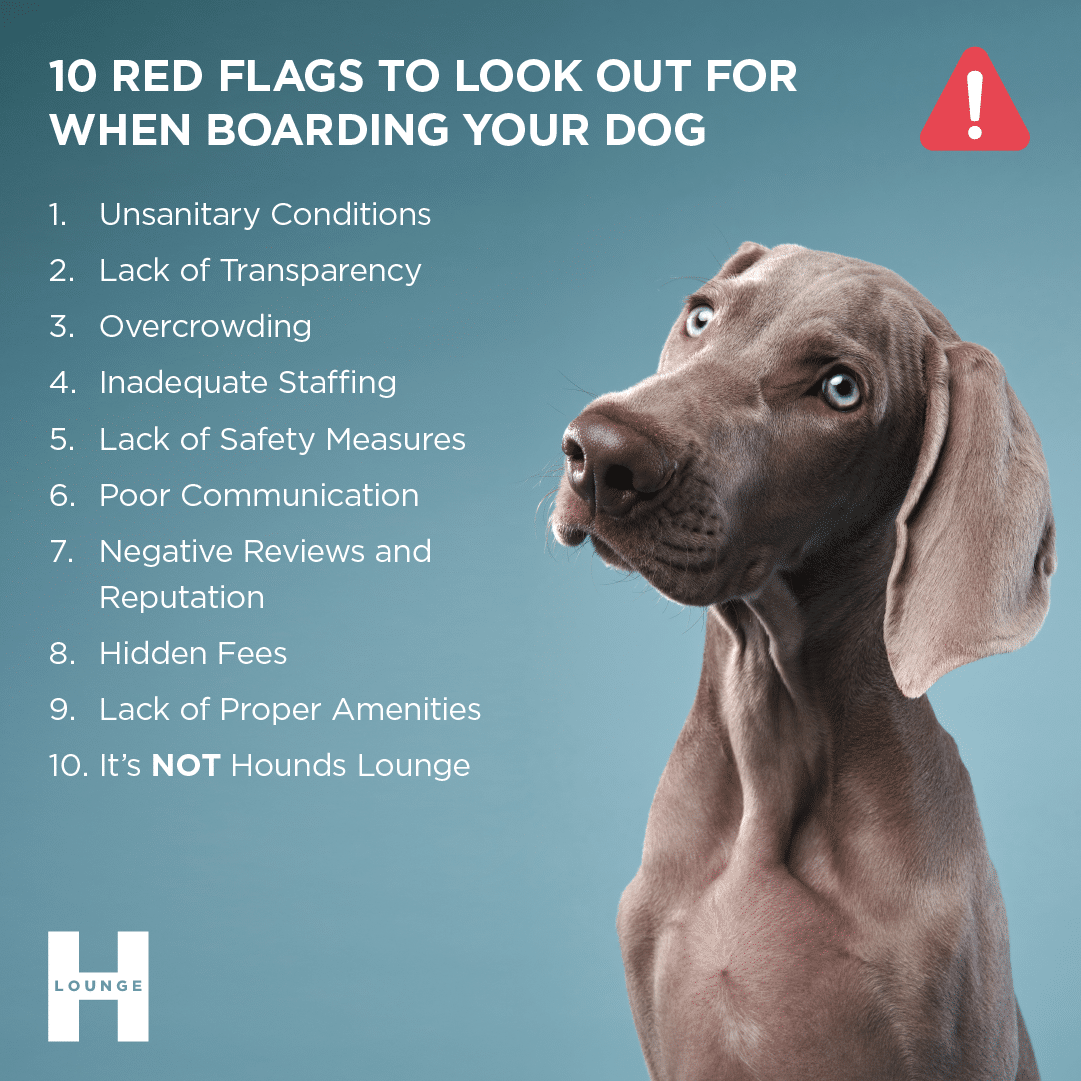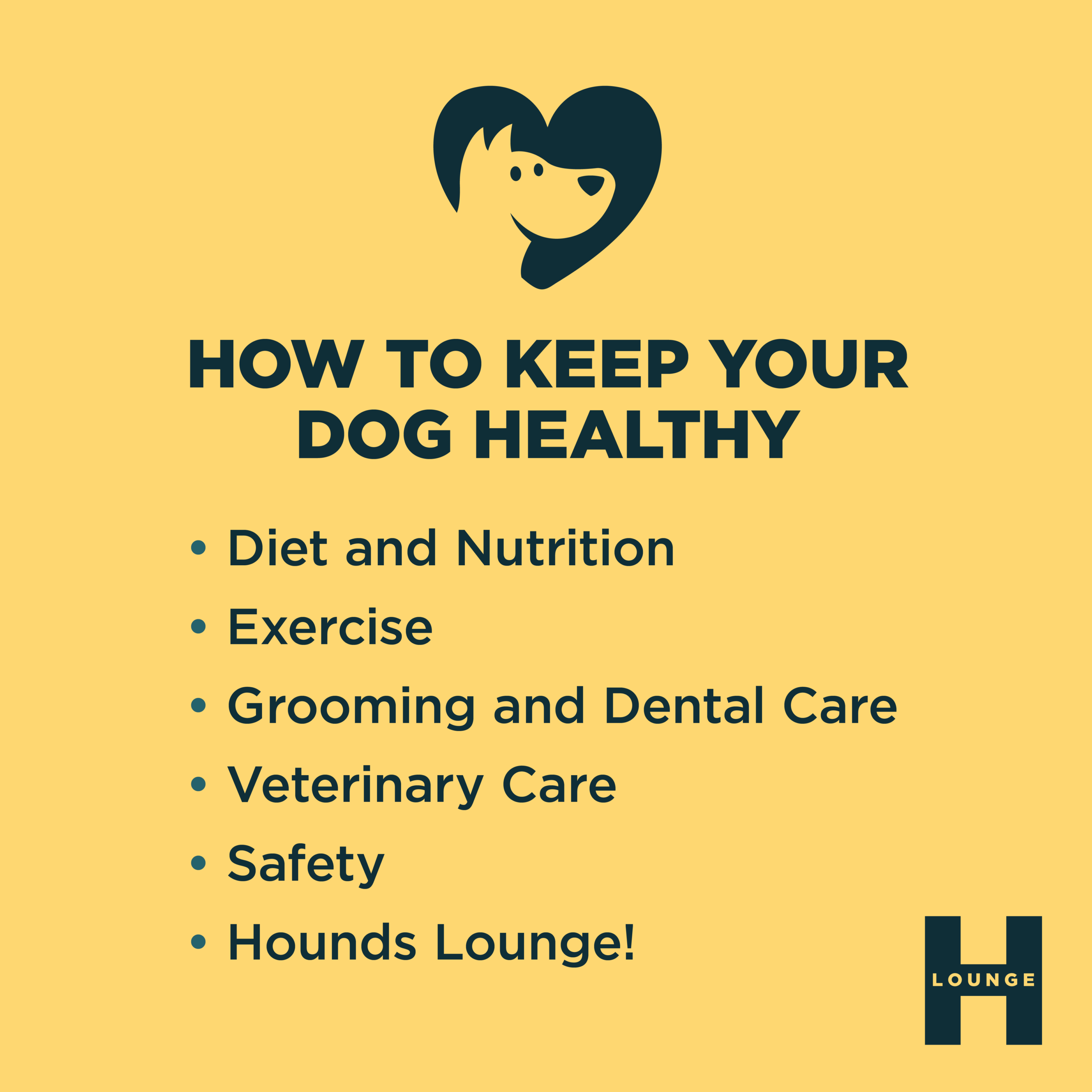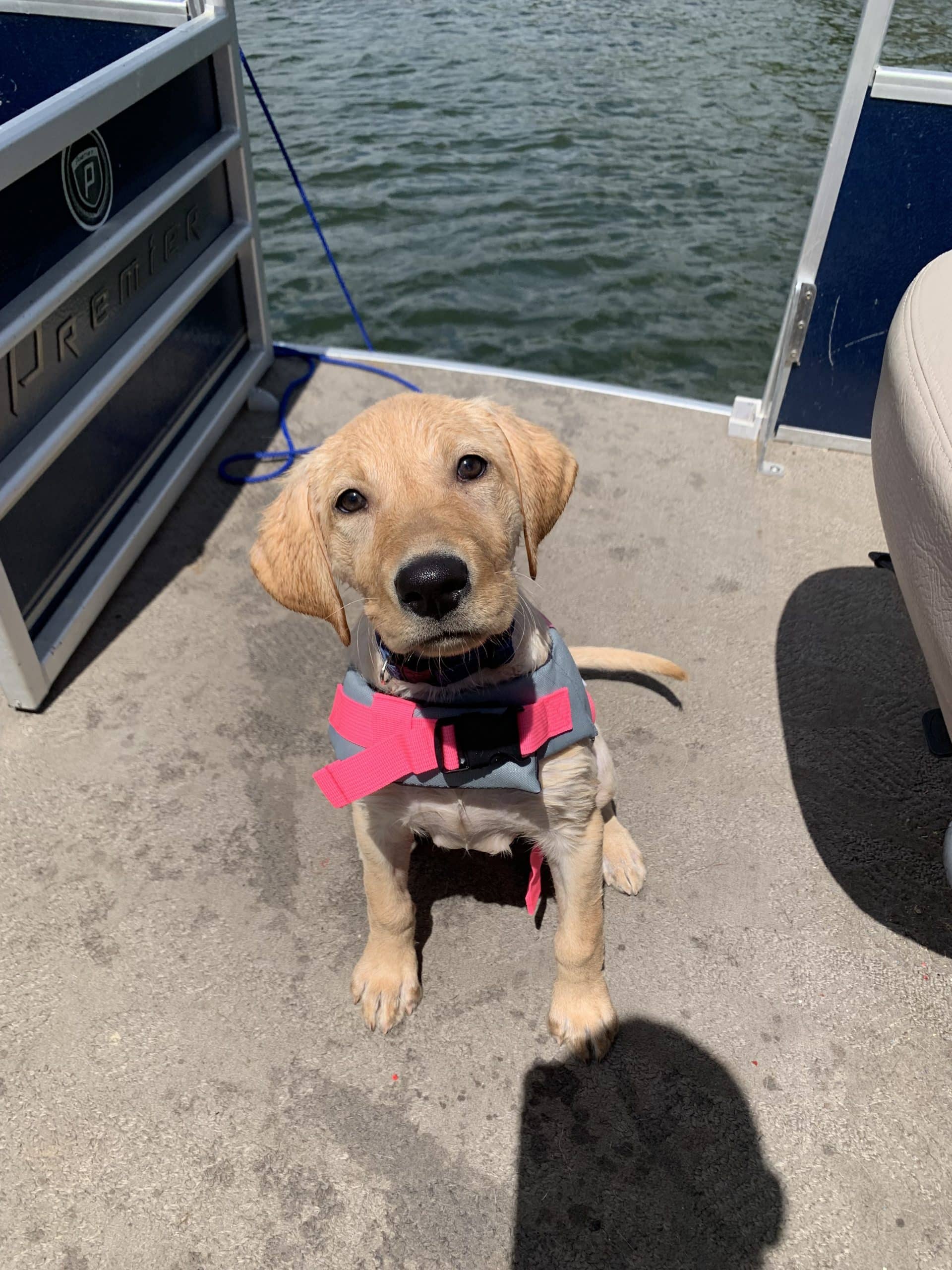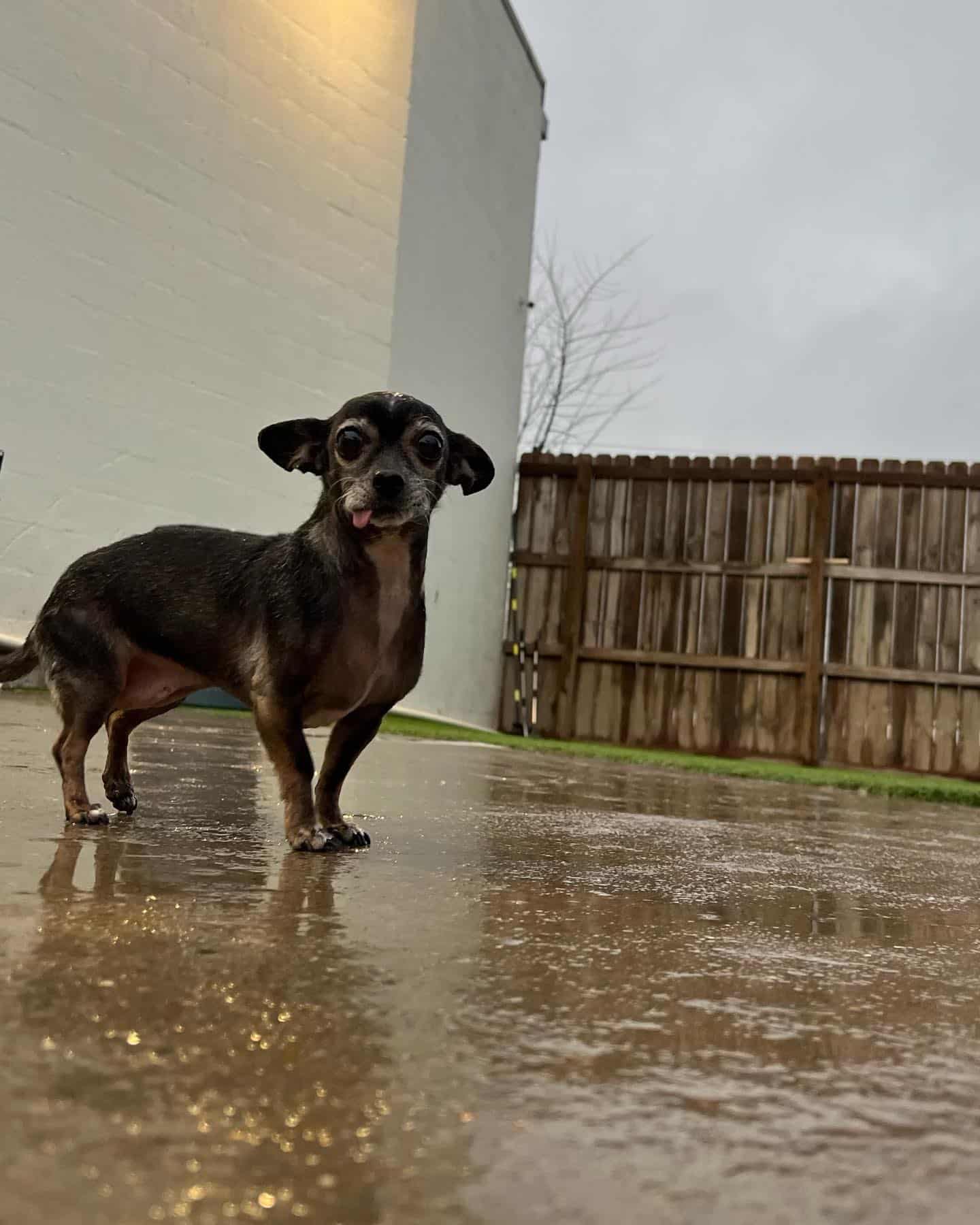Arkansas is The Natural State, so there are plenty of opportunities for outdoor adventures with your pooch. However, you should never bring Fido into the wilderness without already having a general knowledge of dog first aid, as well as a dog first aid kit.
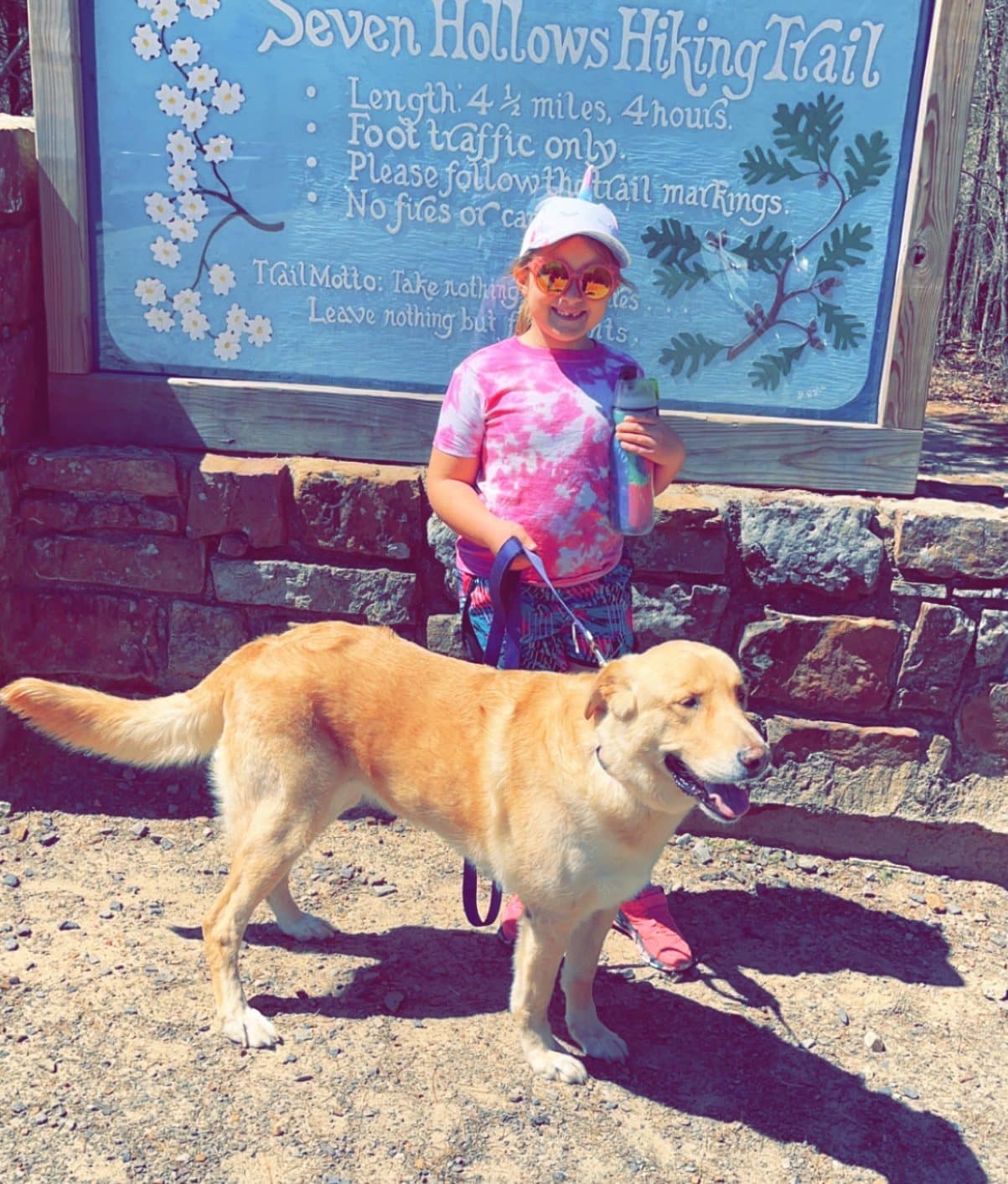
The team at Hounds Lounge Pet Resort and Spa has put together a guide for dog safety in the outdoors, including what to have in your dog first aid kit, common injuries and illnesses as well as their treatments, wildlife to look out for on the trail and emergency procedures. While this guide is focused on dog safety when hiking, walking or exploring, the information is helpful to any dog owner, even those who prefer the grreat indoors. Every pooch pawrent should know dog first aid!
Start reading now so you’ll know how to make you and Fido’s next adventure your best and safest one yet.
What Goes in a Dog First Aid Kit?
You should bring a dog first aid kit anywhere you bring your pooch, especially on a hike! Make sure it fits in your pack – if not, purchase a hiking pack for Fido and let him carry some of the lighter items. If you must, you can leave some of the heavier items nearby in the car.
Below are some items Cesar’s Way recommends keeping in a dog first aid kit.
- Wound spray
- Self-cling bandage
- Bandage scissors
- Antibiotic ointment
- Eye wash and ear wash
- Flashlight
- Rubber gloves
- Grooming or wet wipes
- Hydrogen peroxide
- Muzzle
- Water and treats
See the full list of dog first aid kit essentials here. In addition to these items, we also recommend packing a collapsible water bowl for easy doggy drinking and keeping a clean towel or blanket in your car.
Common Dog Injuries While Hiking or Exploring
There are a few common injuries that can occur on a hiking trail or in the woods. Get the scoop on what they are and the dog first aid to treat them!
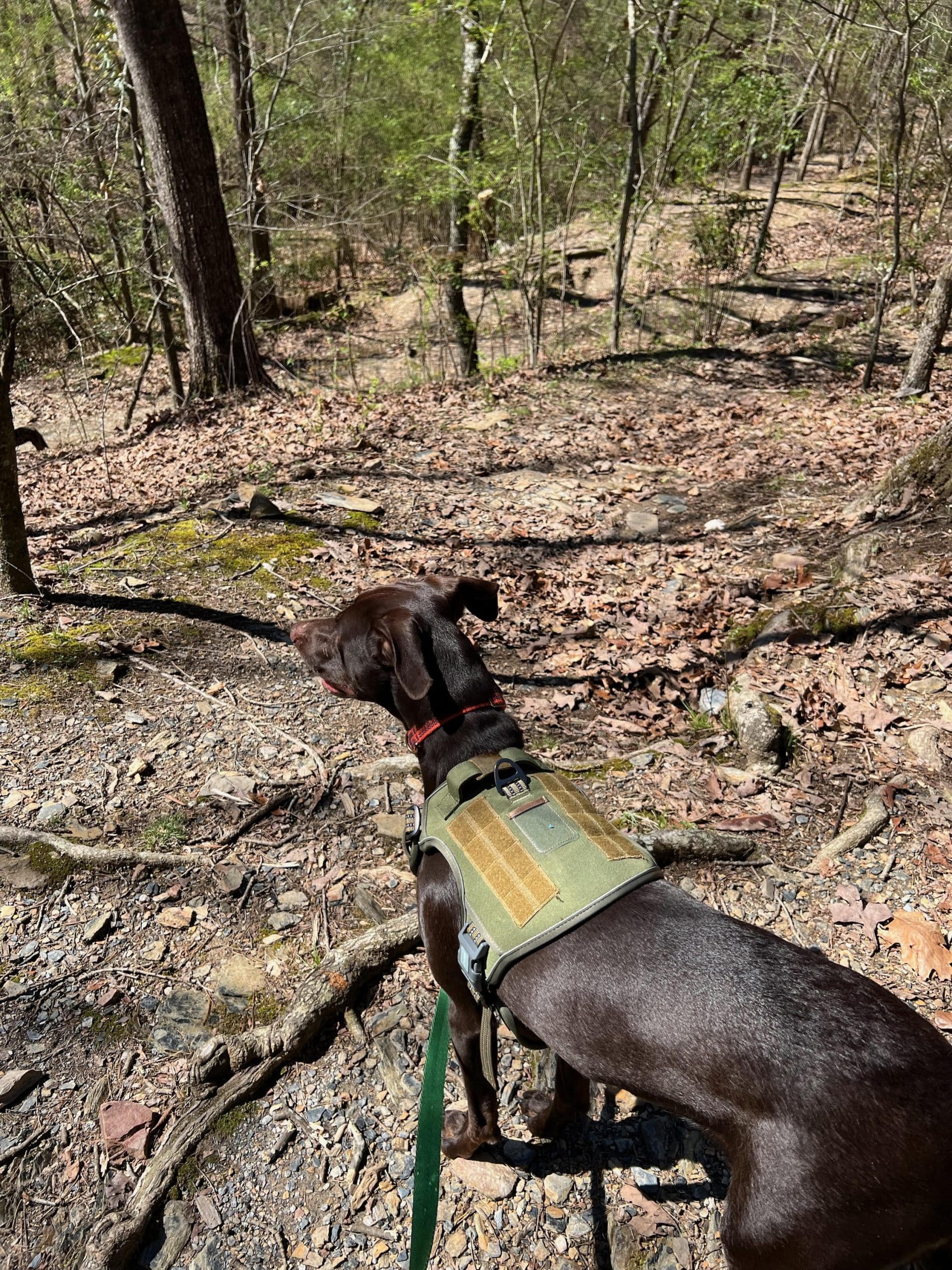
Cuts and Scrapes
With all the rocks, bushes and thorns on a trail, cuts and scrapes are a real possibility. Luckily, they are generally very easy to treat! If your woof gets a cut while hiking, apply firm pressure with a clean towel to help stop any bleeding. If the bleeding quickly stops, you may continue the hike and clean up the cut when you get home. If the bleeding persists, you need to head straight to the vet.
Don’t have a vet on speed dial yet? Read our tips on how to find a good vet for your dog. It’s impawtant to have a relationship with a vet (or at least know about the vets in your area) before an injury happens.
Insect and Animal Bites
Out in nature, there’s going to be other wildlife! To keep your pooch from getting bit by insects and other animals, keep them close to you on a short leash.
Most insect bites or stings can be treated with dog first aid at home by soothing the bite site and administering antihistamines. However, keep an eye out for an allergic reaction, both immediately and several hours post-bite. If your pooch experiences severe swelling, hives or other concerning symptoms, you should call your vet immediately. Dogs may also have reactions to poisonous plants – including poison ivy and poison oak – found in nature, which is another reason to keep them on the straight and narrow path.
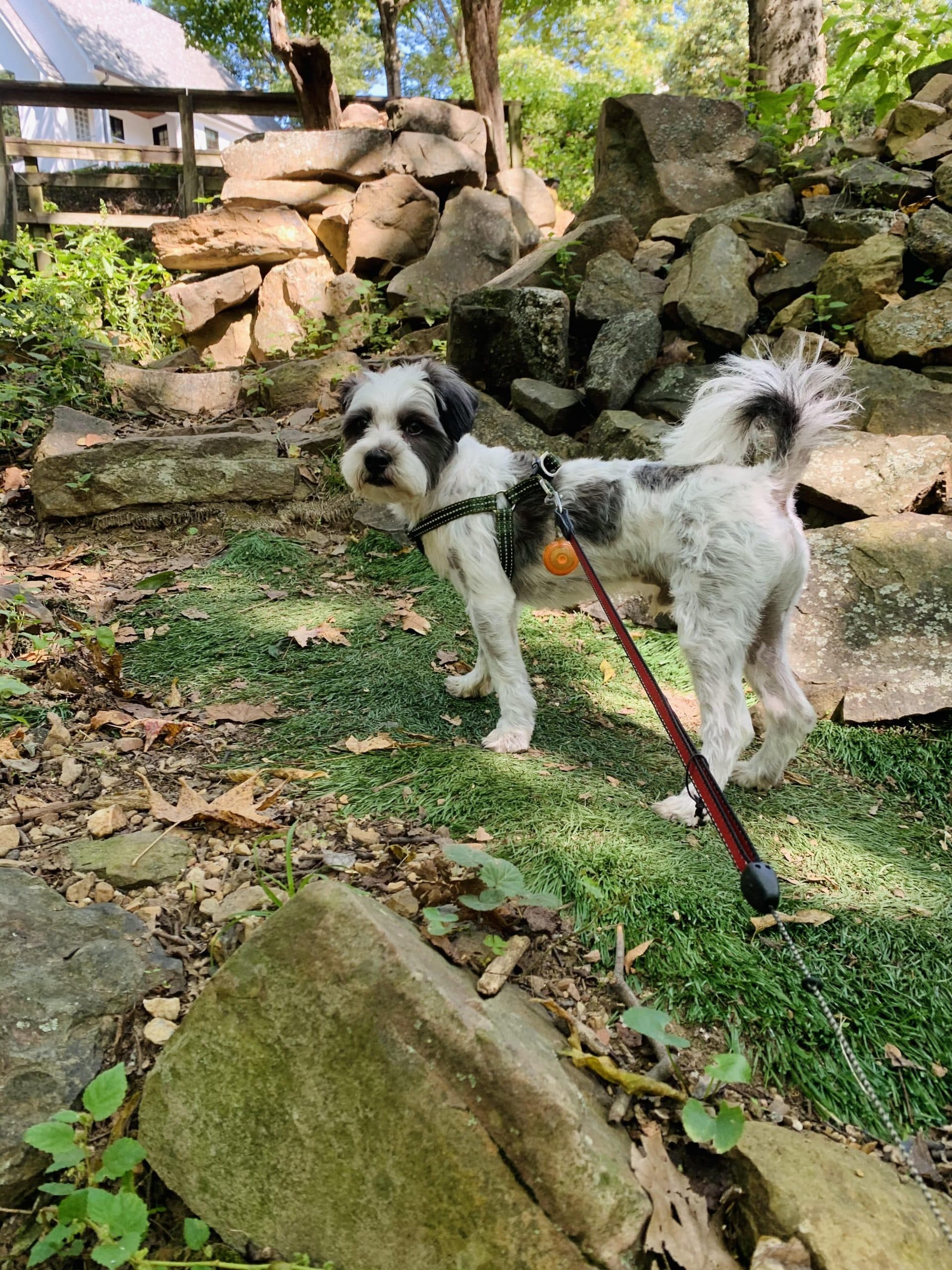
You’re bound to encounter a snake while hiking, especially in the summer months. Most snakes are harmless, but there are six venomous snake species in Arkansas. If you suspect your dog has been bitten by any of those snakes, do not attempt to treat the bite yourself. You should immediately head to the emergency vet. If you’re able to safely snap a photo of the snake before leaving the site, that will help your vet determine whether or not the bite is actually venomous.
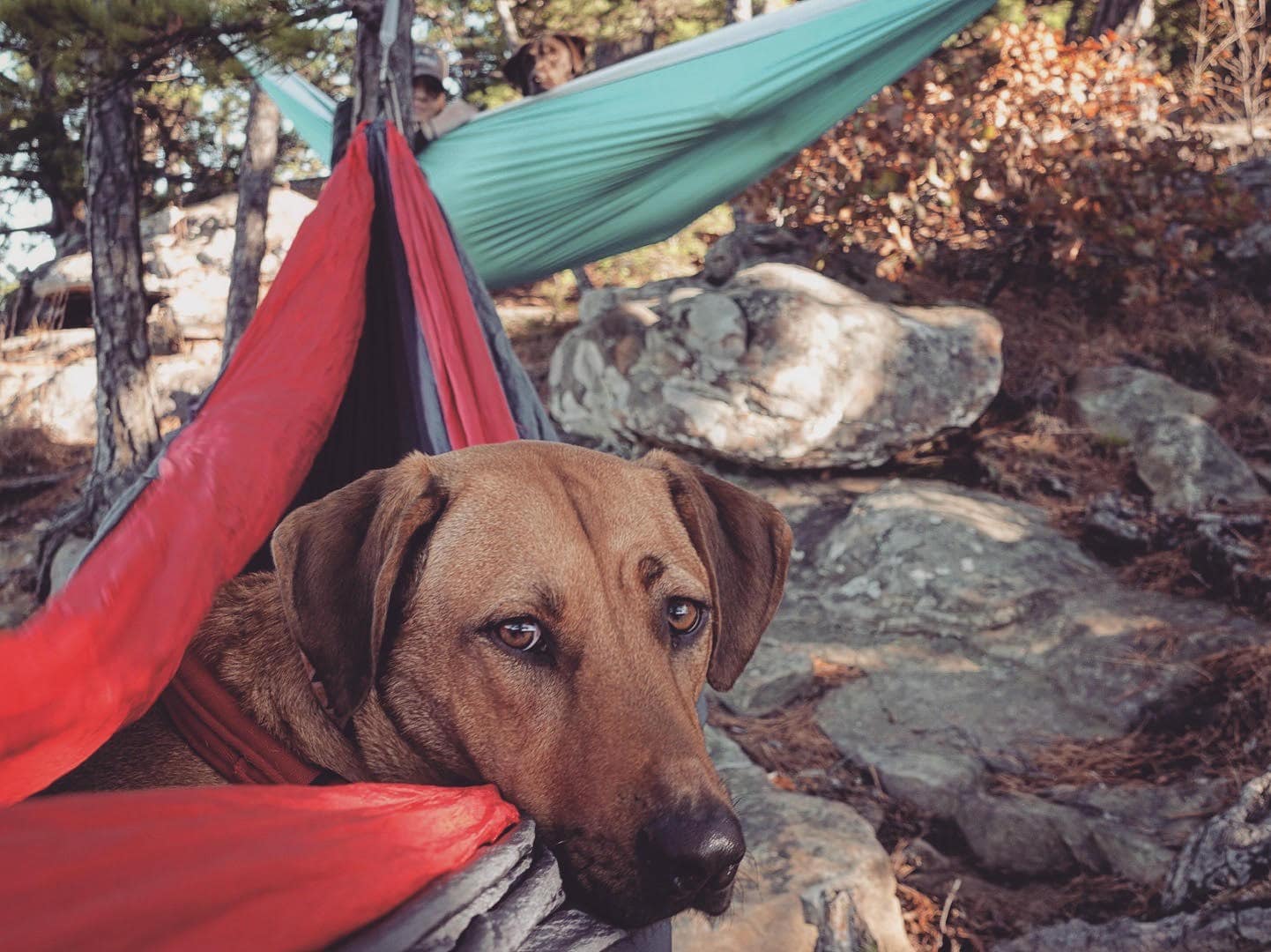
Broken Bones
Dogs are sturdy, but it’s not impawsible for them to take a tumble and hurt themselves. If your pooch falls and then limps or refuses to walk, he may have a broken bone. At this point, you should end your hike and focus on getting your dog to the vet. Carefully carry him to the car if you can, or, if he’s too heavy to hold, help him keep his balance while walking.
If your pooch has injured his back leg, you can put a towel or blanket under his waist and lift up so all his weight goes to his front paws (pictured below). Slowly wheelbarrow him back to your car. In a pinch, a belt or rope could also be used as a sling.
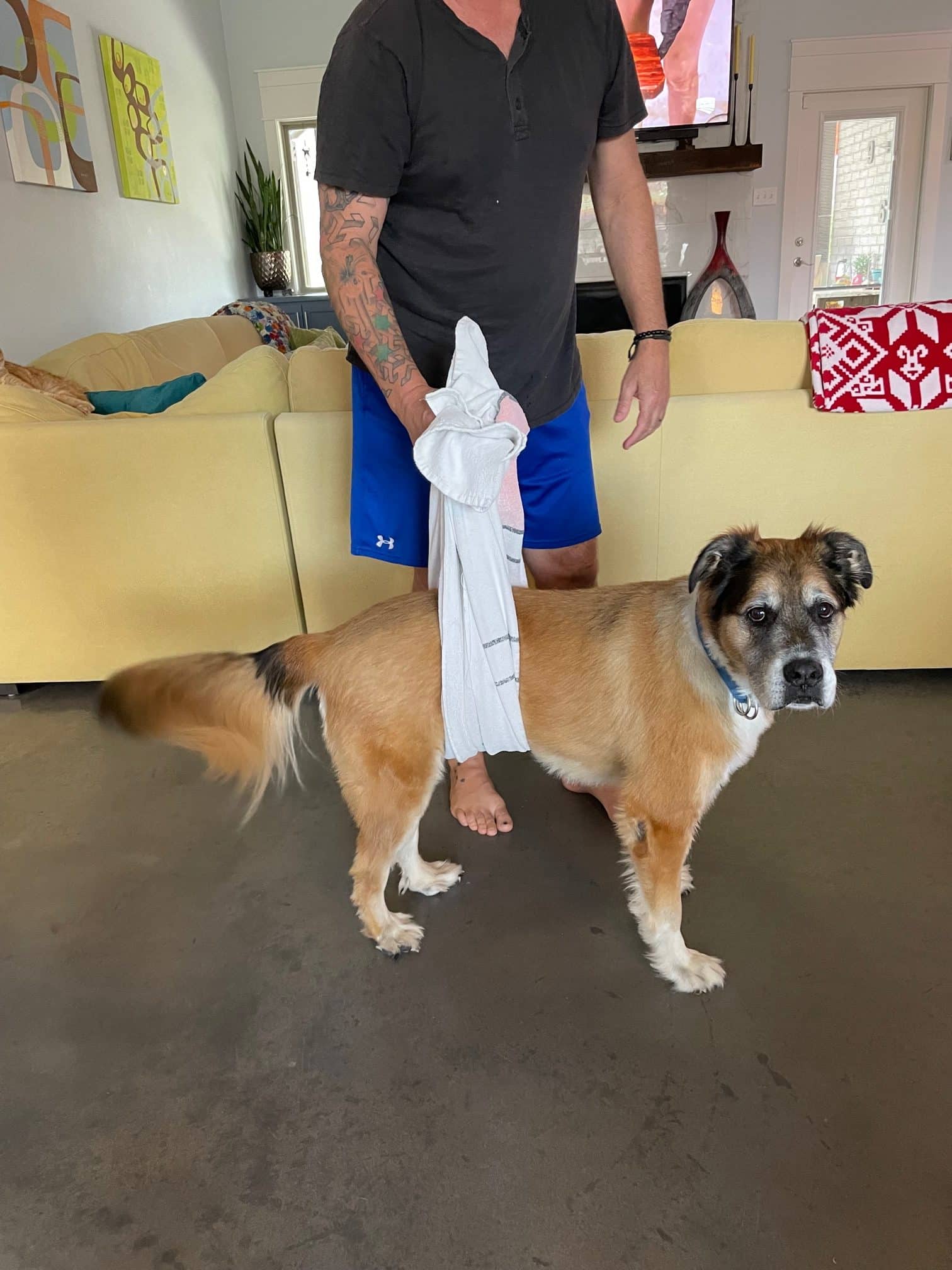
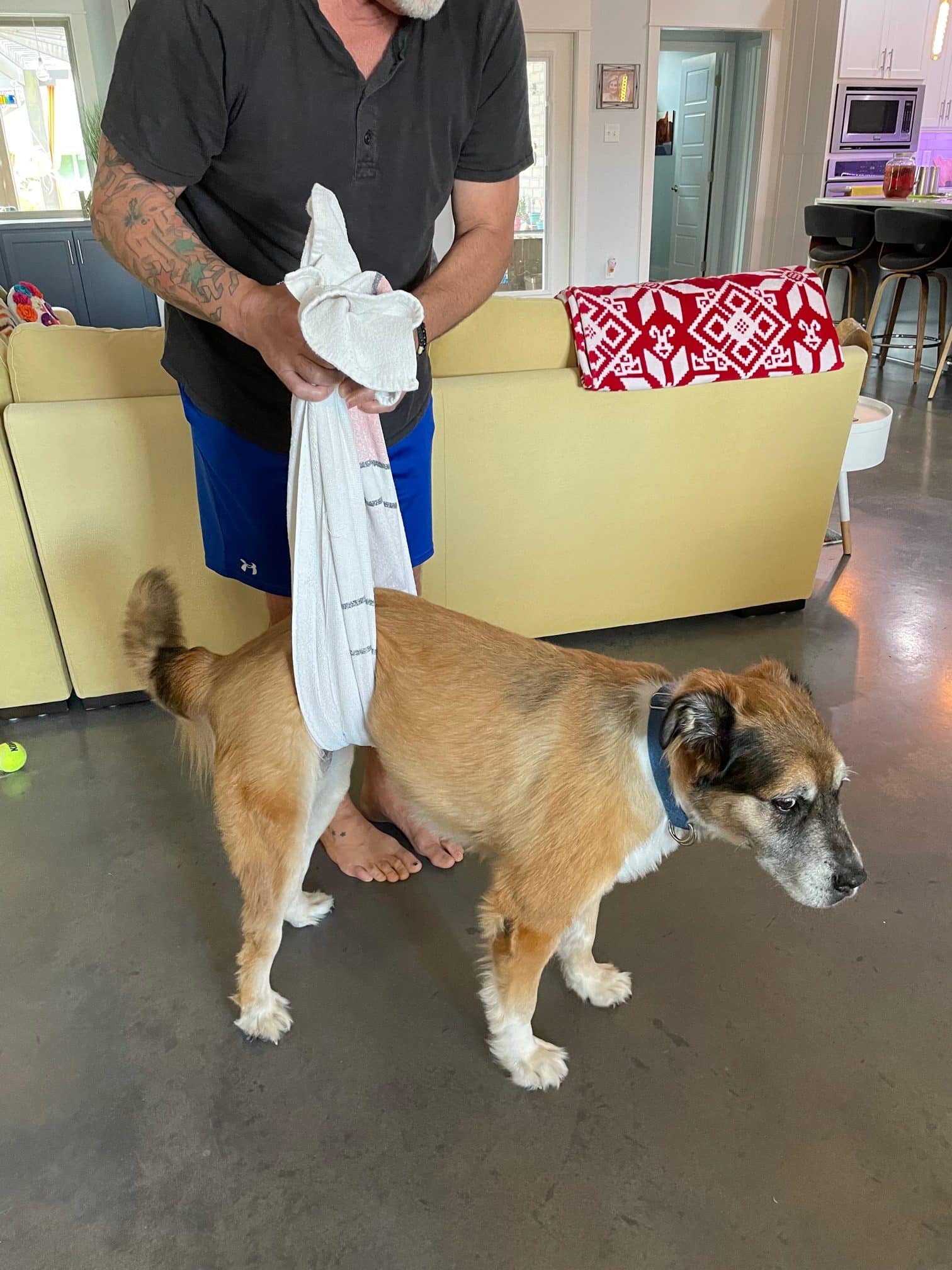
If you’re hiking with a partner, you can put a towel or blanket under your pooch and each lift an end to create a makeshift stretcher.
In any of these exit scenarios, you might want to muzzle your woof – that’s why it’s part of the dog first aid kit. When Fido’s in pain, he could act out of character and bite you or any person trying to help him.
While accidents can happen anywhere, the risk of injury is likely lower on a well-traveled trail. We list some safe and pawpular options in Little Rock, Fayetteville and Bryant.
Heatstroke
Triple digit temperatures are the norm during Arkansas summers. Simply going for a neighborhood stroll can be dangerous for your pooch when it’s so hot out. To avoid heatstroke and dehydration, we strongly recommend that you avoid any rigorous activity with your pooch during the hottest times of the day. Limit your hikes to the early mornings or late evenings, take frequent breaks, and pack plenty of water, a collapsible water bowl and a cooling vest. Your pooch can even wear dog booties to protect their feet from hot pavement and/or terrain.
Get more tips on how to keep your dog cool in the summer.
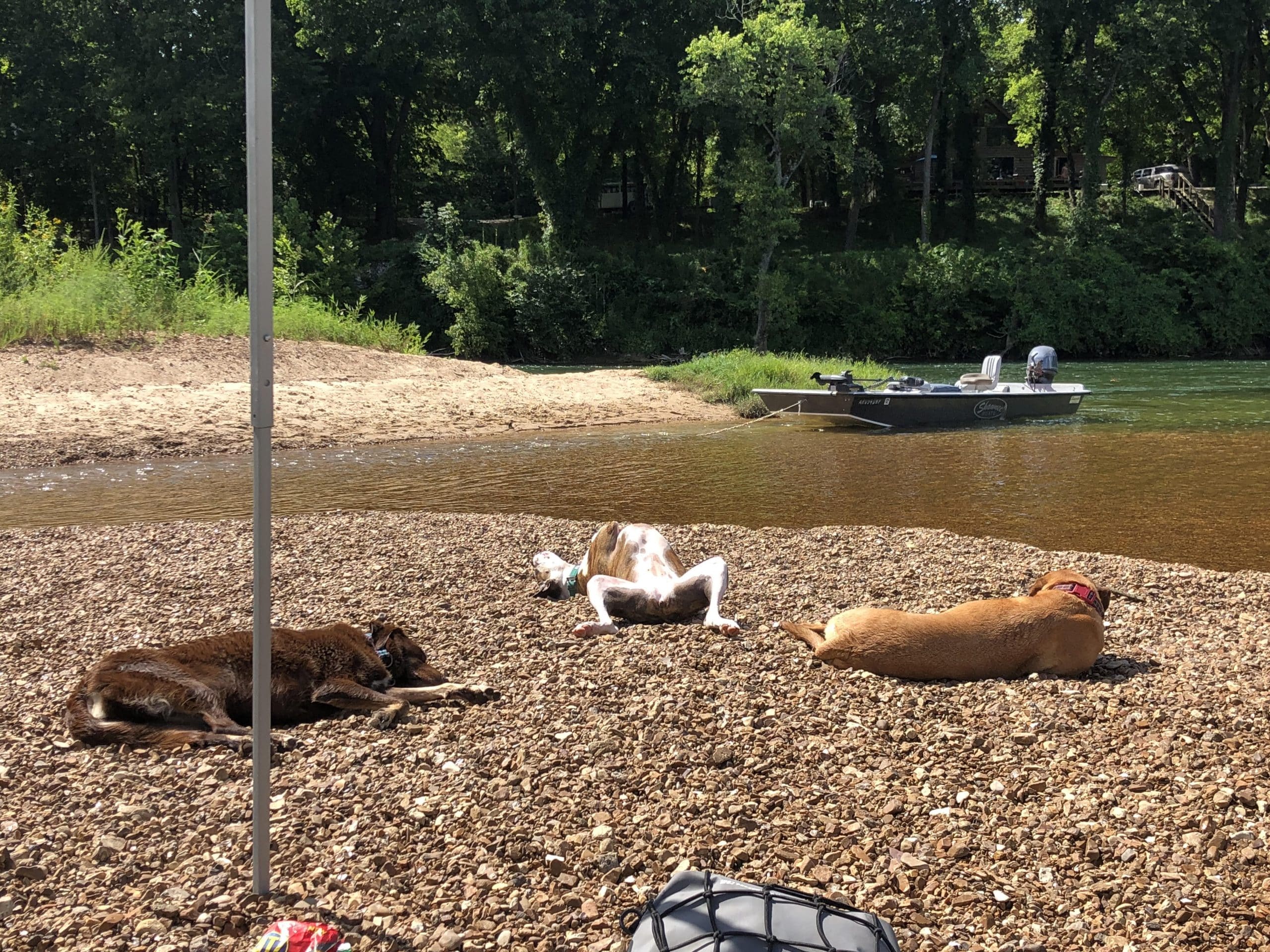
Signs of heatstroke include overpanting, heavy breathing, changes in the gums, lethargy, confusion, drooling and vomiting or diarrhea. If your woof has any of these symptoms, perform dog first aid by removing them from the heat immediately and cooling them down with wetted towels and fans. If their symptoms do not improve, take them to the vet.
Emergency Dog First Aid
If your woof starts choking on a trail and you can’t remove the object with your finger, you need to perform the Heimlich Maneuver. PetMD explains how to perform the Heimlich Maneuver on both small and large dogs.
In the worst-case scenario that your dog stops breathing or doesn’t have a heartbeat, you need to know how to administer CPR. The American Red Cross offers an excellent guide to Pet CPR.
In these emergency situations, it’s vital that you remain calm, as your dog can sense your emotions.
The health events above are often out of the dog and hooman’s control, so don’t blame yourself if there’s an incident. Just remember that prevention is key, and if your dog does get injured or sick, perform dog first aid or take your pooch to the vet quickly.
Hounds Lounge is the Safest Place to Play
While it’s hard to beat a nice hike with your dog, Hounds Lounge is still a wonderful place for your pooch to get exercise and socialize. Additionally, we make safety our top priority. Our staff are no strangers to dog first aid – in fact, they are CPR and Pet First Aid certified. They closely monitor our doggy daycare campers all day, and our overnight guests all night (that’s right, we have a staff member who sleeps on-site).
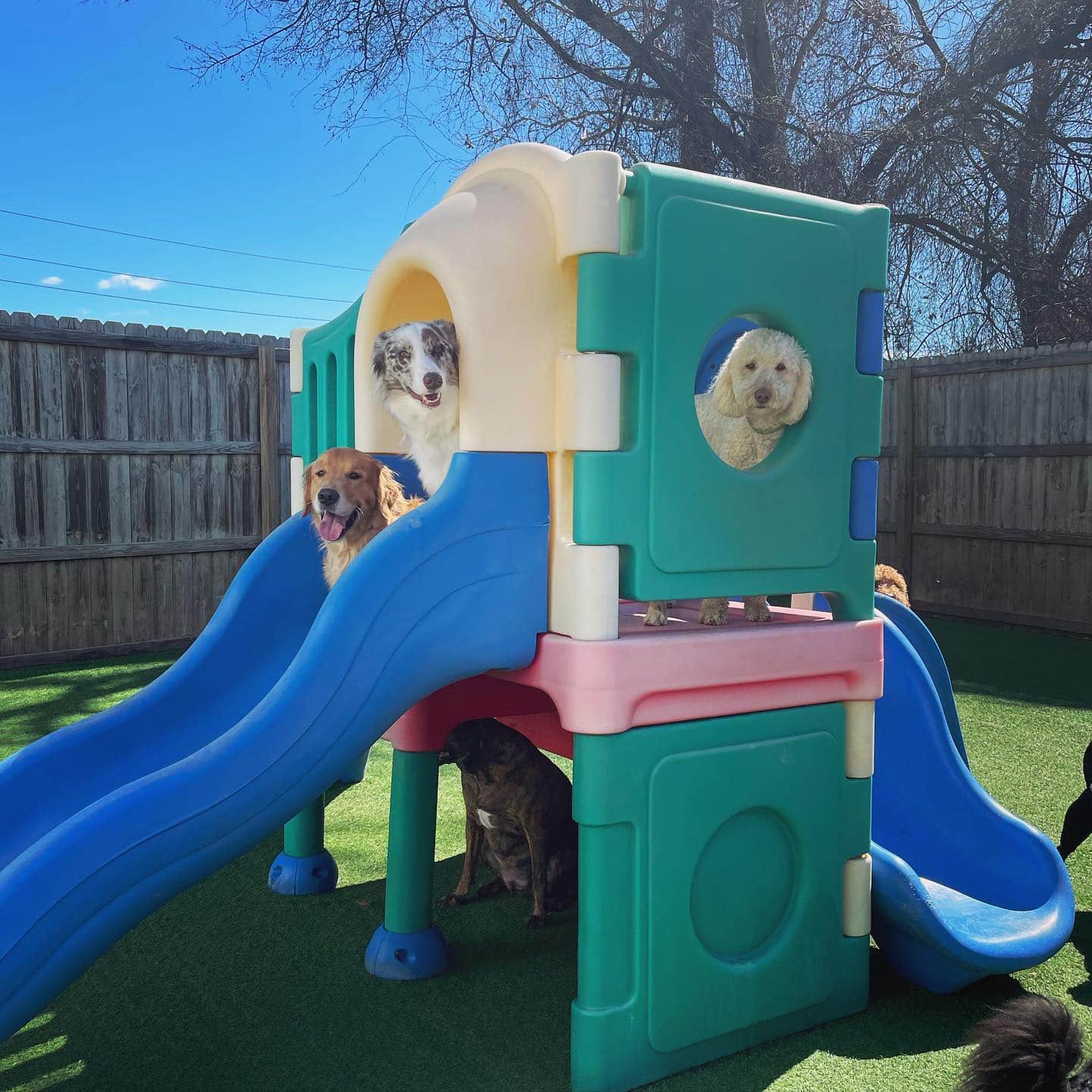
Hounds Lounge may not be the grreat outdoors… but we do offer 5,000 square foot indoor/outdoor play areas! On those blazing hot Arkansas summer days, our furry guests can cool off by lounging in our dog pools or playing on our splash pads. We even hose down the pavement to keep it paw pad-furriendly. And, of course, cold drinking water is readily available to woofs all year long!
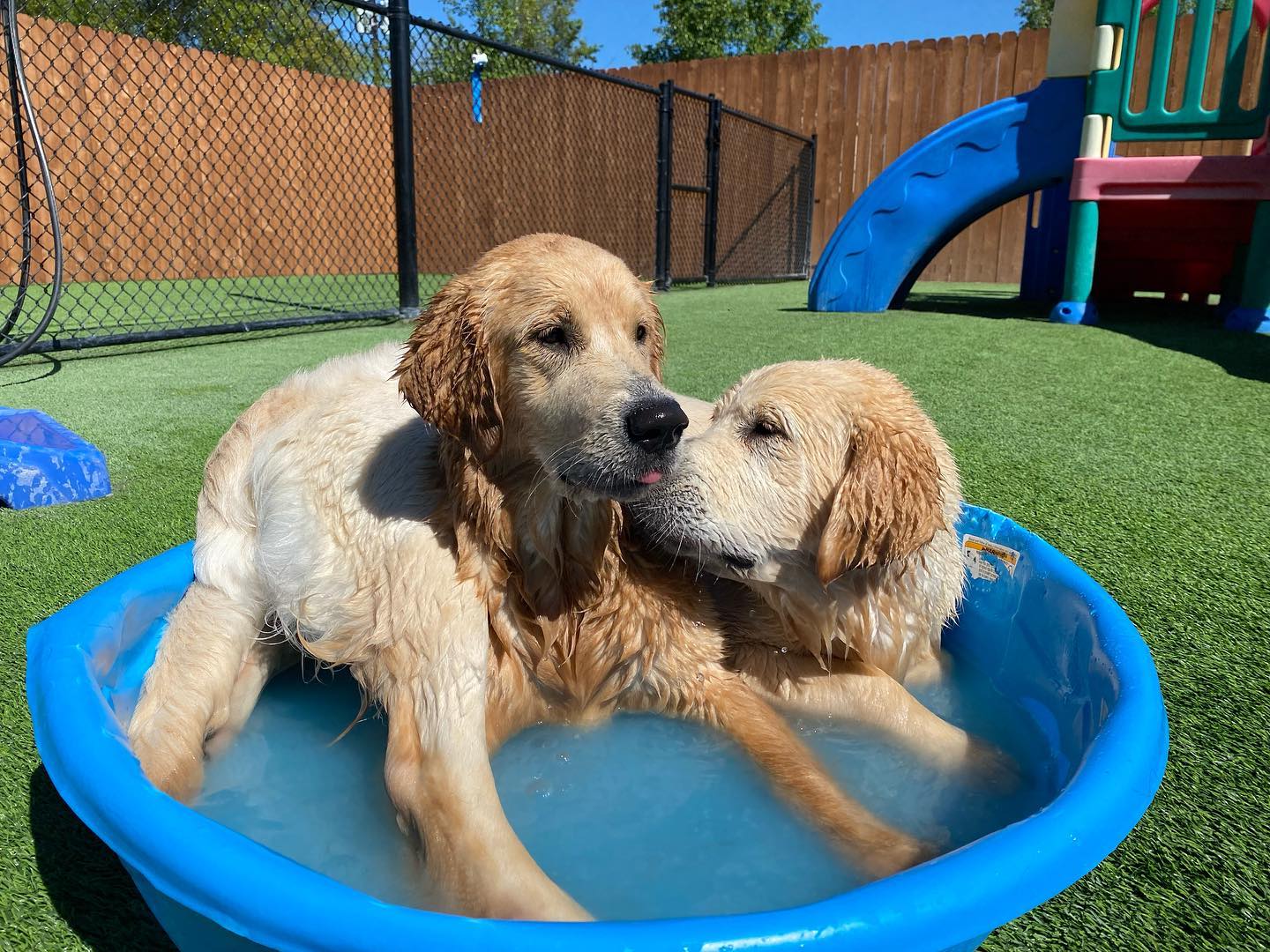
If you want Fido to get some fresh air without all the wildcards that come with nature, Hounds Lounge is the pawfect option. Sound like a doggone good time? Book your pooch’s free first day of doggie daycare!


